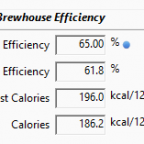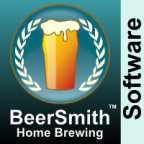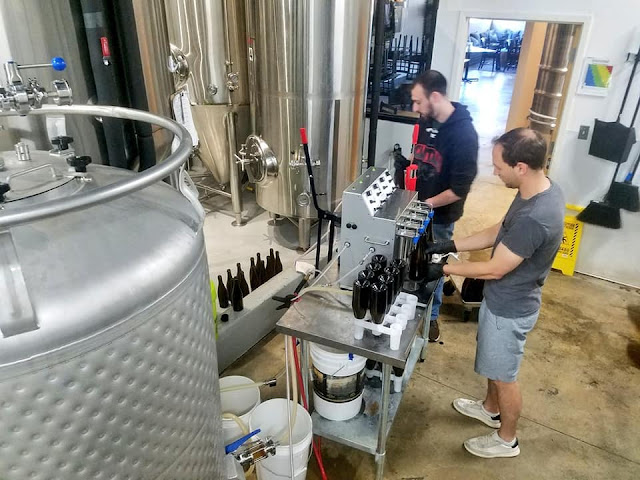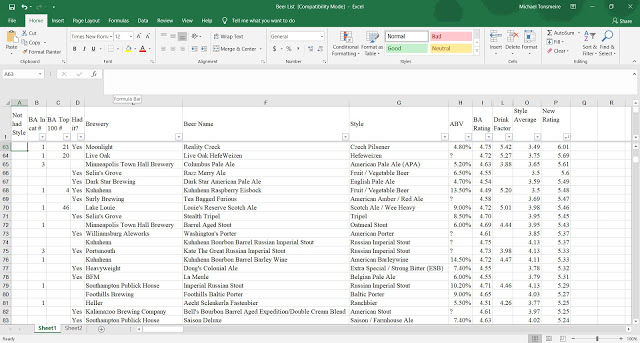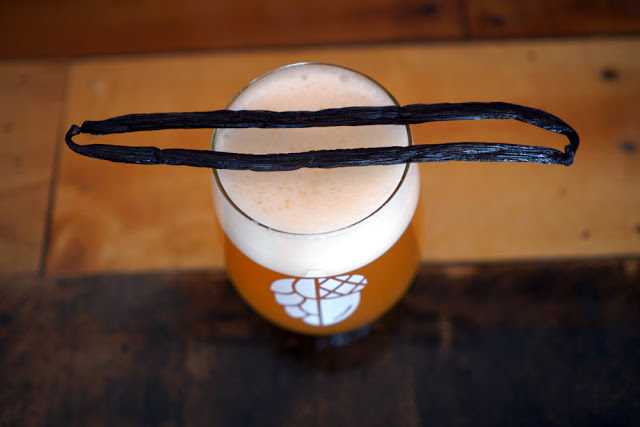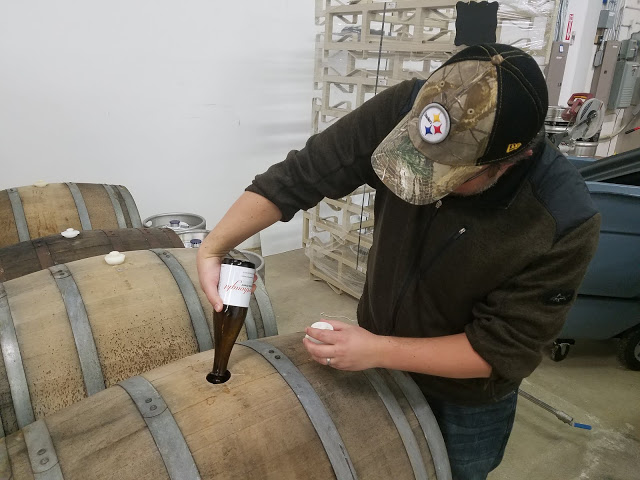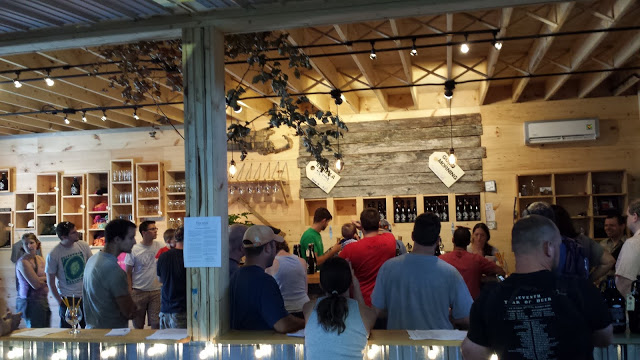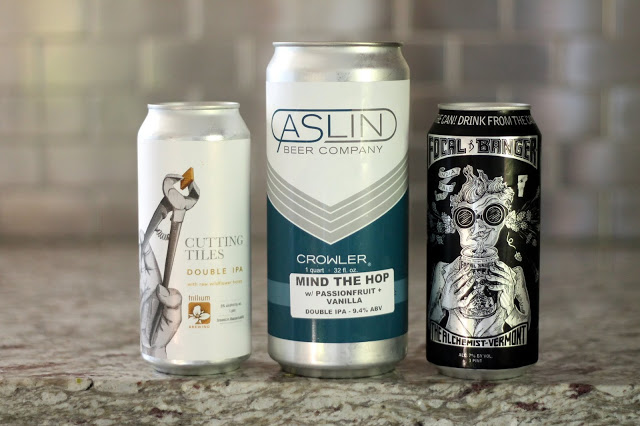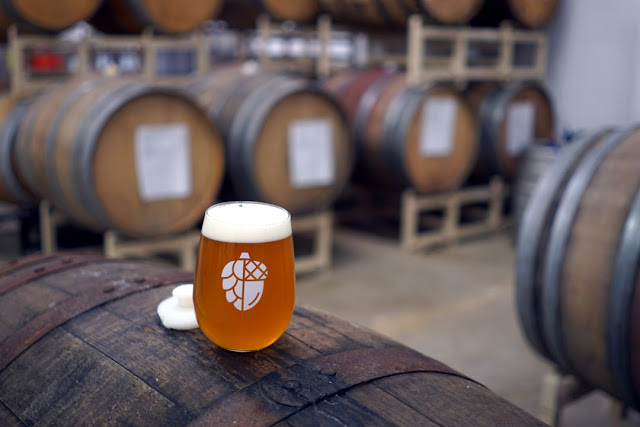Introducing: All The Stops – A Virtual Road Trip If 2020 were like any other year, we’d be revving up for ALL THE HOPS, our GABF parking lot can jam extravaganza, where we bring some of the country’s best breweries to Denver for all to enjoy. But this year isn’t like any other. No GABF. […]
The post All The Stops: A Virtual Road Trip appeared first on CraftBeer.com.






